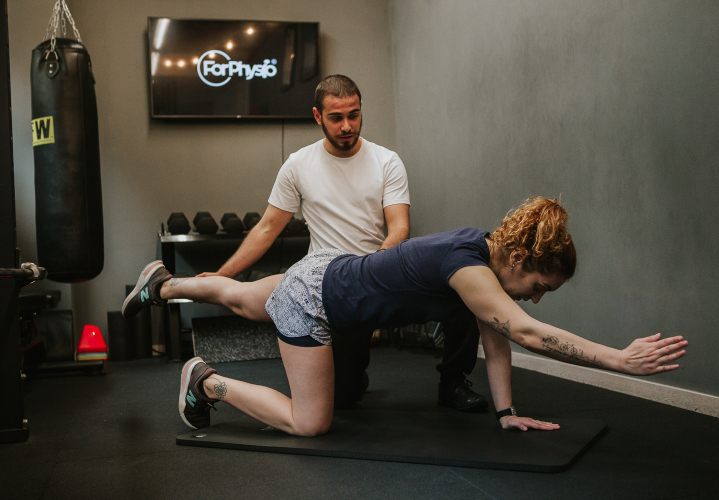Solutions for Chronic Spinal Pain
Relief Techniques and Personalized Physiotherapy
- Posture and Alignment

Back pain is a reality for many people, and we often hear expressions such as: "This pain in my lower back just won't go away!" or "I’ve gotten used to living with my neck like this." The various painful conditions associated with the spine are not only among the most common musculoskeletal disorders worldwide but can also cause restrictions in functional capacity, limiting the ability to perform daily activities. Beyond the pain, these conditions may also be accompanied by stiffness, a sensation of instability, muscle weakness, mobility restrictions, and occasionally, radiation to the limbs and/or head. In addition to the impact on physical health, these symptoms often lead to negative changes in both psychological and social aspects. When symptoms persist for more than three months, the condition is classified as chronic/persistent. However, there is good news: It is possible to improve quality of life and reduce the impact of pain through well-targeted and individualized strategies! According to scientific evidence, Personalized Physical Exercise, combined with Education, is the most effective intervention for chronic back pain, also helping to reduce the risk of new episodes. One of the main factors contributing to the persistence/worsening of symptoms is a sedentary lifestyle, which is why physiotherapy plays a crucial role. Different types of exercise may include: • Mobility, aimed at increasing joint range of motion and optimizing movement quality; • Stability, focused on spinal stabilization and core strengthening (muscles that support the trunk); • Strength, emphasizing muscle strengthening and load-bearing capacity. Other complementary therapeutic techniques, such as Manual Therapy and Thermotherapy (heat application), can help relieve symptoms in the initial recovery phase when combined with exercise. ForPhysio offers other specialized services such as Clinical Pilates and Hydrotherapy, which can be effective solutions as they promote strength, flexibility, motor coordination, and respiratory and postural control. With that in mind, here is a suggested plan that may help improve Lower Back Pain: Symptom Modulation (on the treatment table): • Manual Therapy (e.g., Relaxation Massage) • Passive Mobilizations Exercise Plan (4-6 exercises): • Cat-Cow (3-4 sets x 10-15 reps) • Child Pose (3-4 sets x 15-25 seconds) • Glute Bridge (2-3 sets x 10-12 reps) • Bird Dog (2-3 sets x 8-10 reps per side) • Dead Bug (2-3 sets x 8-10 reps) • Prone Superman (2-3 sets x 8-10 reps) Note: Rest about 30 to 60 seconds between sets. As mentioned, this is a general plan, so it should progress according to pain intensity and tolerance to effort. To achieve safer results, we recommend an individualized assessment with the ForPhysio Physiotherapy team to build a specific plan tailored to your needs.


